BOOK REVIEW: The Traitor’s Homecoming: Benedict Arnold’s Raid on New London, Connecticut, September 4-13, 1781 by Matthew E. Reardon. (El Dorado Hills, CA: Savas Beatie, 2024.) Hardcover $35.95
Matthew E. Reardon gives scholarship on the traitor Benedict Arnold a new addition with his 2024 work, The Traitor’s Homecoming: Benedict Arnold’s Raid on New London, Connecticut, September 4-13, 1781. As the title suggests, the work looks not so much at the life of Arnold and his decision to betray the American cause; rather it focuses on his military career in the later stages of the war, specifically documenting the battle of New London. As the title also indicates, this was homecoming for Arnold as he was a native of Norwich, Connecticut.
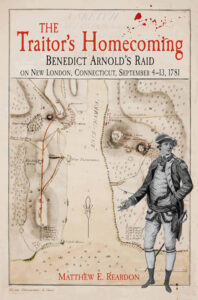 Reardon’s work is a military history, as he thoroughly covers the pre-battle preparations by the Connecticut militia and the series of decisions that lead to Arnold commanding British soldiers in an attack against his home.
Reardon’s work is a military history, as he thoroughly covers the pre-battle preparations by the Connecticut militia and the series of decisions that lead to Arnold commanding British soldiers in an attack against his home.
It was under Commander-in-Chief Gen. Henry Clinton that Arnold was ordered to New London in 1781, sailing up from New York as part of General Clinton’s miscalculated plan to strike the Americans and create a diversion. He believed commander-in-chief for the Continental Army Gen. George Washington, accompanied by the French, was about to attack his position in New York. New London was chosen for its harbor where several American privateers were being kept. This was a decision made in error as the story goes that General Washington was moving south towards Yorktown, Virginia where Gen. Lord Charles Cornwallis and his army had been ordered by Clinton.
Reardon painstakingly documents every stage of the battle, even going to such lengths as giving biographical details about the militia, New Londoners, and British regulars that were present. His footnotes are nothing short of thorough and impressively extensive, maps display troop movements, and recent pictures from New London show where important moments of the battle unfolded. These visuals provide a welcomed aid as Reardon lists with as much accuracy as the sources available can provide what happened during those few days in September 1781.
Reardon does make note of one controversy surrounding the Battle of Groton Heights that endures to this day. Reardon writes in his preface that the Battle of New London, also called Arnold’s raid, “had become greatly distorted.” He attributes this to early accounts of the Battle of Groton Heights – which took place during the larger Battle of New London – where Continental propaganda distorted British’s actions when attacking the militia at Fort Griswold. Today, a monument erected in 1830 calls the British actions, “the Massacre at Fort Griswold.”
The narrative that the battle was a “massacre” was promoted by Connecticut Governor Jonathan Trumball. Trumball relied on a letter from Col. Zabdiel Rogers – who was not a participant or witness to the Battle of Groton Heights – telling the governor the militia’s commanding officer Col. William Ledyard surrendered to the British at Fort Griswold before they, “Murder’d him & A Number Of Others.” Rogers’ letter circulated in several newspapers sympathetic to the Patriot cause.
Reardon clarifies the reality of the final moments of battle at Fort Griswold. Fighting stopped when British Maj. Stephen Bromfield entered the fort to take control of the situation. Colonel Ledyard had already been killed during the fighting and there was never a formal surrender. The British did not simply murder militia who had surrendered already. Trumball, according to Reardon, “desperately needed something to unite his citizens,” as Connecticut was bankrupt in 1781 and morale was at an all-time low accompanied by low recruitment.
Trumball even wrote to General Washington as the latter embarked on his Yorktown campaign, telling the general about, “British Cruelty.” Reardon writes, “Heading into the final climactic stages of the Yorktown campaign, Washington and the soldiers of his army were led to believe Colonel Ledyard and his men at Fort Griswold had been butchered by Crown forces after they had surrendered.” Prior to storming Redoubt 10 at Yorktown on the evening of October 14, 178, cries of “Remember New London!” were heard among officers to encourage their men.
Reardon includes appendixes with the various orders of battle to put the finishing touches on his work. The Traitor’s Homecoming should be included among the most respected military histories of those final years of the war and find a suitable audience in anyone wishing to study Arnold’s military career after his betrayal.
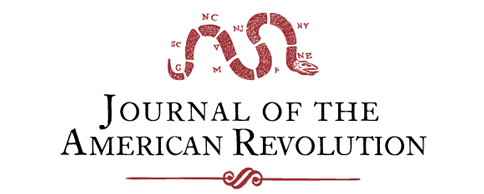



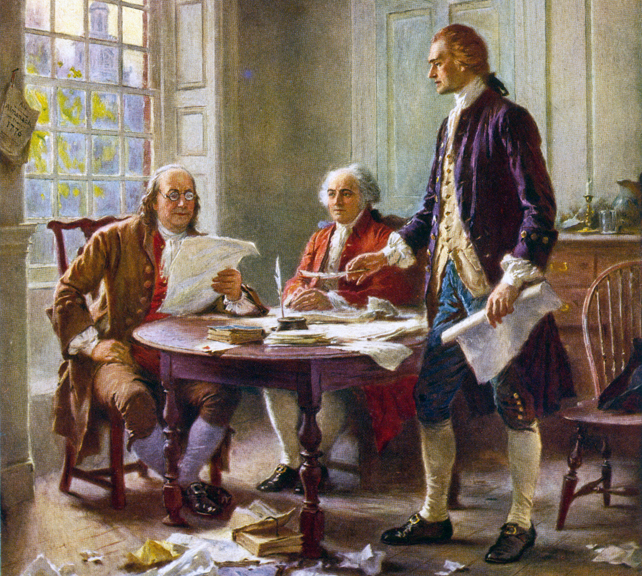
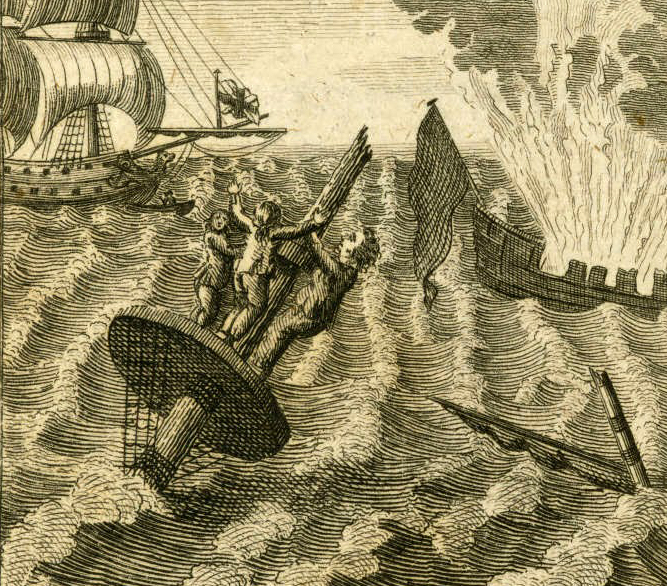
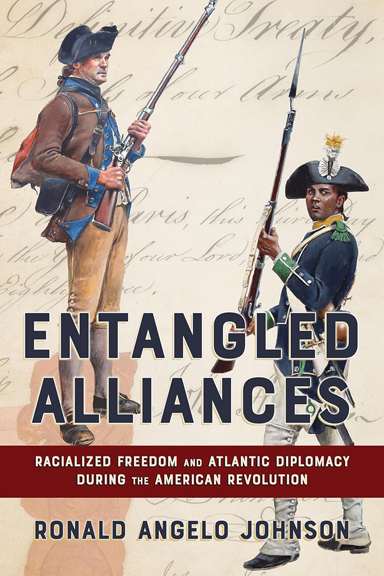

One thought on “The Traitor’s Homecoming: Benedict Arnold’s Raid on New London”
Living within ten miles of the Thames River my whole life, I grew up hearing All the myths about the burning of New London & the murder of Col. Ledyard from schoolteachers, local museum docents, even my reference librarian grandmother. In my career as a professional historian, I fully appreciate that Reardon’s book is a masterpiece of painstaking research & extremely careful documentation. The reading public should know that it is also an elegantly told narrative with attention to fascinating environmental & personal detail and sympathy with the plight of humanity in the midst of wartime chaos. I can’t recommend this book too highly, especially to those looking for works that include civilian perspectives or generally underrepresented Connecticut history.